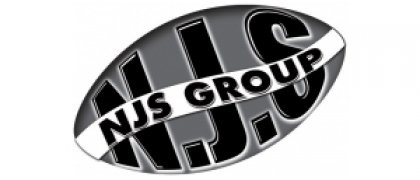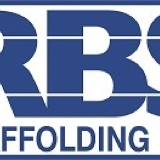Information
-
Audit Title
-
Client Name
-
Site Address
-
Date that the Anchor Test was performed
-
Person Conducting the Anchor Test Report
-
Site Person(s) Present During Test
Introduction
-
KN Squared Consultants Ltd has been employed by the above client to carry out anchor testing in accordance with BS8539:2012 and/or TG4:19. This Tie Test Report aims to provide a comprehensive analysis of the tie testing process, highlighting its significance in ensuring the safety and integrity of various structures within the UK. The report adheres to the recognised guidance, as well as incorporating any additional guidelines deemed necessary.
Tie testing plays a crucial role in assessing the stability and reliability of various forms of construction, such as masonry walls, retaining structures and façades. By subjecting these structures to rigorous testing, potential risks and weaknesses can be identified, allowing for appropriate remedial measures to be implemented.
The primary objective of tie testing is to evaluate the effectiveness of ties in resisting lateral forces and preventing structural failure. Through the application of various testing methods, such as the pull-out test, the performance of ties can be accurately measured, providing valuable insights into their load-bearing capabilities.
Recognised guidance documents BS8539:2012 and TG4:19 serve as fundamental guidance resources for anchor testing procedures within the UK. They outline the essential requirements and recommended practices for conducting reliable and standardised tie and anchor tests.
In addition to TG4:19 and BS8539:2012, this report also incorporates any other relevant guidance that is necessary to address specific requirements within the UK. This ensures that all aspects of tie testing are comprehensively covered, taking into account the unique characteristics of different structures and the local regulatory framework.
This anchor test report emphasises the importance of tie testing in verifying the stability and safety of various structures. By following the recognised guidance, including TG4:19 and other relevant guidelines within the UK, this report provides a thorough analysis of the anchor testing process, enabling informed decision-making and the implementation of appropriate measures to ensure structural integrity.
PRODUCT / APPLICATION CONDITIONS
-
Anchor Product to be tested:
-
Anchor SWL as per Product Data Sheet
-
Anchor Product Data Sheet
-
Site Plan / Mark Up if available
-
Substrate:
- Brick
- Concrete
- CP Board
- Fabric
- Steel
- Stone
- Wood
- Other
-
Substrate Thickness in (mm):
-
Compressive Strength (N/mm2):
-
Drill Hole Diameter (mm):
- Not Applicable
- 1mm
- 2mm
- 3mm
- 4mm
- 5mm
- 6mm
- 7mm
- 8mm
- 9mm
- 10mm
- 15mm
- 20mm
- 25mm
- 30mm
- 40mm
- 45mm
- 50mm
- 55mm
- 60mm
- 65mm
- 70mm
- 75mm
- 80mm
- 85mm
- 90mm
- 95mm
- 100mm
- Other
-
Drill Hole Depth (mm):
- Not Applicable
- 1mm
- 2mm
- 3mm
- 4mm
- 5mm
- 6mm
- 7mm
- 8mm
- 9mm
- 10mm
- 15mm
- 20mm
- 25mm
- 30mm
- 40mm
- 45mm
- 50mm
- 55mm
- 60mm
- 65mm
- 70mm
- 75mm
- 80mm
- 85mm
- 90mm
- 95mm
- 100mm
- Other
-
Hole Condition
-
Anchorage embedment Depth (mm):
-
Method of Installation
-
Installation Torque (Nm):
-
Free Edge Distance (where applicable, mm):
TESTING EQUIPMENT DETAILS
-
Name of Testing Device Used
-
Tester Model Number
-
Gauge Type
-
Gauge Serial number
-
Gauge Range
-
Gauge Accuracy + - (%) as stated on the Calibration Certificate
-
Calibration Due Date
-
Calibration Certificate
ANCHOR TEST REPORT
- ANCHOR TEST REPORT
-
Weather Conditions at the time the Anchor Test was being Performed?
- Dry
- Wet
- Windy
- Snow
- Hail
- Freezing
- Hot
- Humid
- Internal
- Other
-
Anchor Testing ID Number
-
Anchor Test to be Undertaken
-
Anchor Test Location
-
Anchor Intended Test Load - (kNm2)
-
Anchor Test Load Result - (kNm2)
-
Has an Anchor Tag been Installed
-
Anchor Test Photo
-
Anchor Test - Pass or Fail
-
Any Further Comments / Recommendations?
Report Sign Off
-
Name & Signature of the person conducting the report











